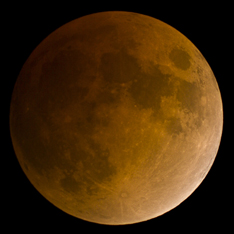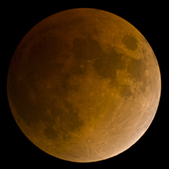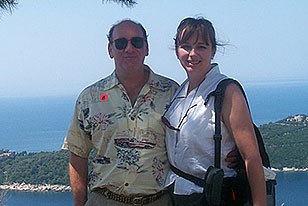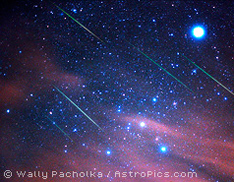Capturing the Dark — Iluminating the Landscape
Speaker: Wally Pacholka
Let’s face it, astronomers want dark locations to photograph sky events, but if the sky is dark, how does one get the landscape bright enough to show up in the photograph? In this session you’ll learn the tricks to illuminating the scenery you are photographing under the dark night sky by using artificial light, cresent moonlight, or ambient city lights.
Cutting Edge Landscape Astrophotography
Speaker: Wally Pacholka
Knowing the night sky and knowing planet Earth so you know what to shoot, when to shoot, where to shoot is what this session is all about. We’ll also cover advanced imaging like bird’s-eye-view panoramics that cover 180 degrees of horizon and sky, as well as some basic image processing and how to avoid doing too much image editing by taking good images to begin with!
Lunar Studies
Origin of the Moon
Speaker: David Stevenson, Ph.D.
Although there are many ideas for how our Moon came to exist, only one makes sense chemically and physically: The Moon came from a Big Splash, the molten and vaporized rock that is ejected during a giant impact on Earth by a body about the size of Mars. I will describe how this not only explains the Moon but also sets the stage for all of subsequent Earth evolution. For indeed, the nature of our planet is inextricably linked to the existence and nature of our satellite companion.
Mysteries of the Moon
Speaker: David Stevenson, Ph.D.
In many ways our Moon is better understood than any planetary body aside from our home. We have rocks returned by the Apollo astronauts, dated in our labs, and numerous other sources of information about this near neighbor. Nonetheless, there are many mysteries about lunar history and structure ... how the Moon got to the orbit its is now in, how lunar rocks acquired some evidence of an ancient magnetic field, why the inside of the Moon contains small amounts of water, how the Moon is layered and why the Moon may have a small iron core. Despite its rather special and remarkable origin (though a Giant Impact) the Moon has much to tell us about planets in general and we need to continue with robotic exploration.
Viewing and Understanding the Moon
Speaker: Gary Seronik
When is the best time to view the Moon? Why do eclipses occur? What kinds of features can I see? Where is the best place to look? These are just some of the questions answered in this talk. But perhaps most rewarding is developing an understanding of what it is you’re seeing in your telescope. How did this crater form? Why does it look this way? Why are some parts of the Moon bright, and others dull? Why are some smooth, while other regions a jumble of craters? Equipped with a telescope and armed with the information presented in this talk, you can explore the Moon like a lunar geologist.















